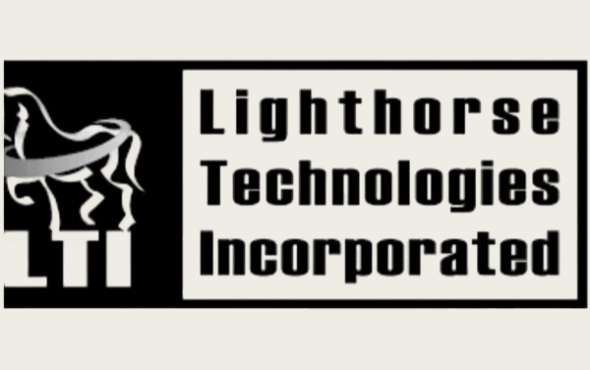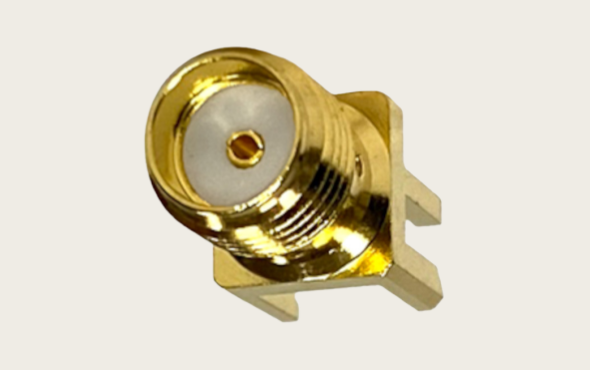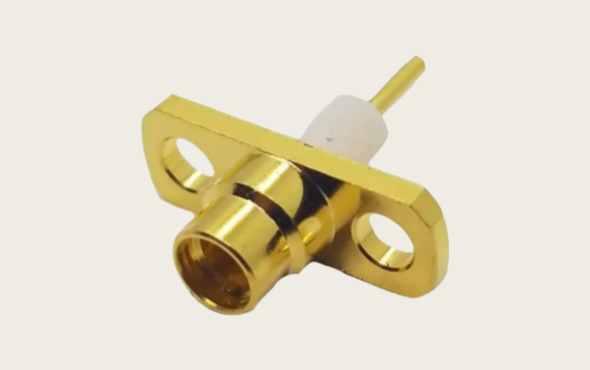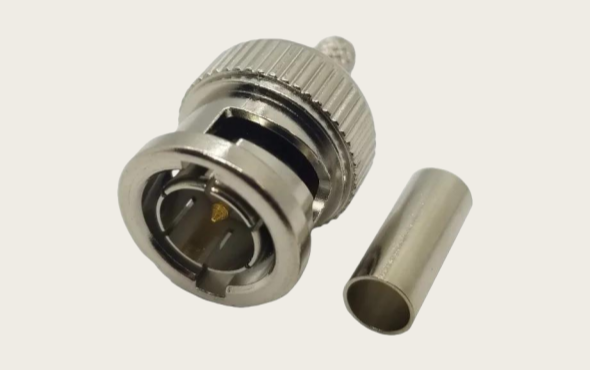Lighthorse Technologies,简称 Lighthorse, is a manufacturer of RF connectors and coaxial cable components based in San Diego, California, USA, founded in 1991. Its product range covers frequencies from DC to about 60 GHz or higher, and offers a variety of RF connectors with different interface types including SMA, MMCX, MCX, SMB, BNC, TNC, and N-type, as well as customized cable assemblies. In addition, Lighthorse has coaxial connector components with IP67 level protection for outdoor or harsh environments.
In the fields of industry, sensors/antennas, communication, and automotive, its products are also positioned as professional-grade connectors. In summary, Lighthorse has a clear global brand positioning, a rich product line, and customization capabilities in the connector field.

The background of the domestic connector + sensor combinationIn China, with the advancement of intelligent manufacturing, Industry 4.0, the Internet of Things, and industrial internet, many integrated system solutions emphasize the overall combination of sensors + connectors + data collection/communication. Sensors are responsible for collecting physical quantities at the site (such as temperature, pressure, vibration, and position), connectors are responsible for reliably transmitting sensor signals or module signals to controllers/gateways, and then from gateways to the cloud or platform.
In the trend of domestic substitution, more and more domestic manufacturers are proposing "domesticization" solutions in sensors, modules, and connectors, hoping to reduce costs, shorten delivery times, and improve supply chain controllability.
A key question arises: **Do domestic connectors (and combinations of domestic sensors) have the capability to challenge the systems provided by industrial giants like Siemens?** Here, we take the connector capabilities of Lighthorse as a reference to explore the positioning and challenges of domestic connectors in combined systems.

Compared with the capabilities of the Lighthorse connector: can the domestic combination match up?3.1 Key Connector Requirements in Sensor Systems
● Mechanical reliability: insertion and extraction cycles, multiple vibration environments, temperature cycling, weather resistance and corrosion resistance (for outdoor/industrial sites).
●Signal Integrity and Shielding: For high-frequency signals, wireless signals, or high-speed transmission (such as wireless antennas, return paths), low insertion loss, good impedance matching, and excellent shielding performance are required.
●Environmental Adaptability: Industrial sites commonly have environments with high humidity, dust, vibration, shock, and electromagnetic interference. Connectors need to have waterproof, dustproof, dust erosion resistance, and certain EMC suppression capabilities.
●System compatibility and modularization: The more sensors, modules, connectors, and gateways that can be connected to standard interfaces (such as M12, RJ45, coaxial, SMA, I-PEX, etc.), the better, which can enhance system integration.
Lighthorse has advantages in these aspects, including a product line covering a variety of RF interface types, coaxial components with protection grades such as IP67, support for customized cable lengths, and coating and shielding requirements. Therefore, it can be considered that Lighthorse connectors perform well in "wireless return," "antenna coaxial link," and "high-order frequency signal chain."
3.2 Challenge: Key breakthroughs needed for domestic combinations to match Siemens-level systems
●Connector brand and industrial system integration capability: Siemens provides not only sensors or connectors, but an entire industrial automation system (including PLCs, sensors, connectors, bus systems, communication protocols, cloud platforms, etc.). While connectors or sensors are indeed core components, the system level requirements are higher.
The maturity and verification system of domestic connectors: Although domestic connector manufacturers have advantages in cost and delivery time, there may still be gaps compared with global mature brands (such as Lighthorse) in terms of high frequency, high reliability, long lifespan, environmental adaptability, and system certification (such as industrial Ethernet, high-speed above 12 Gb/s, or 5G/6G antenna-grade connectors).
● Systematic packaging capability of domestic sensors and connectors: to challenge the level of Siemens, the domestic combination not only needs to excel in individual components, but also needs to keep pace with system integration, on-site service, certification support, and life cycle guarantee.
● Standard and interface compatibility: If the combination of sensor and connector is not directly compatible with commonly used industrial field interfaces (such as M12, RJ45, Profibus, Profinet, Ethernet/IP, etc.), the system integration will increase costs and complexity.
3.3 Opportunities for domestic combinations
●Cost advantage and localization of supply chain: the combination of domestic connectors and sensors supplied domestically in China can save import tariffs, logistics delays, and parts costs, and is more convenient for rapid response.
●Customization and flexible services: For specific industry applications (such as agricultural Internet of Things, building intelligence, and small factory upgrades), a comprehensive system support like Siemens may not be necessary, but a combination of "cost-performance + quick delivery" is required. Domestic combinations can tap into this niche market.
●Alternative paths compatible with Siemens systems: If the domestic connector combination can achieve "interface compatibility, functional satisfaction, and reliability reaching engineering level," it may become a conformity alternative or system-matching component in the Siemens system, thereby entering the large system.

Instance assumption: Comparison between Lighthorse level connector and domestic sensor combinationThe intelligent factory project requires wireless vibration sensors, LTE/5G transmission, antennas, and edge gateways.
●If Lighthorse's coaxial connectors (such as IP67 SMA plug + customized shielded cable) are used to connect the antenna module, it can ensure low insertion loss, high shielding, and good environmental adaptability.
If used with the same system, a vibration sensor provided by a domestic sensor manufacturer, a domestic edge module, and a domestic connector, upgrading the connector part to a specification similar to Lighthorse will significantly enhance the reliability of the combination.
If only domestic connectors and domestic sensors are used in combination, and the connectors are slightly inferior to Lighthorse in terms of shielding, signal loss, and reliability, potential hazards may arise in large systems, high-frequency links, or harsh environments.
As can be seen: under the goal of "challenging Siemens-level systems," if the combination of domestic connectors and domestic sensors can match the performance of brand-level connectors such as Lighthorse, it will have strong competitiveness; otherwise, it will be more commonly used in mid-to-low-end or non-critical links.

Domestic connectors combined with domestic sensors have great development potential in the context of the era of intelligent manufacturing, the Internet of Things, and industrial field upgrading and transformation. Taking the Lighthorse brand connector as a reference, its technical capabilities in high frequency, customization, and protection level provide a "benchmark" direction for the domestic combination. If domestic manufacturers can achieve breakthroughs in key dimensions such as signal integrity of connectors, shielding/protection, reliability of life span, and compatibility of standard interfaces, then the domestic combination will indeed have the opportunity to challenge or replace large-scale system suppliers like Siemens in some niche applications. In other words, true competitiveness does not come from a single component, but from the overall ability of "combination + systemization + service + certification." For projects facing cost sensitivity, tight delivery schedules, and high customization requirements, the combination of domestic connectors and domestic sensors has a first-mover advantage; for scenarios with the highest requirements for reliability, large-scale deployment, and standardization, continuous improvement is still needed.
If you are interested in the domestic substitute products of the Lighthorse brand connectors or have procurement needs, or if you have production or sales channels for these brand connector domestic substitutes and wish to engage in in-depth cooperation or communication, please contact via the following contact information:
Manager Zhang (18665383950, same WeChat number)Contact us, we look forward to working together with more industry partners.



